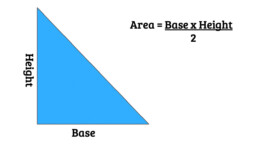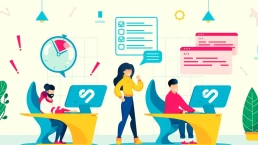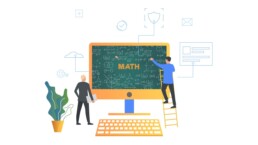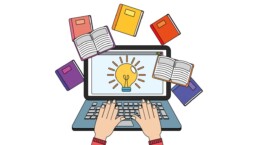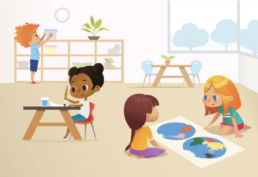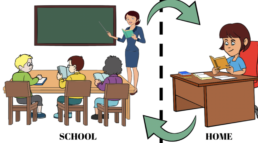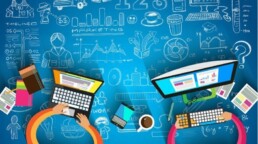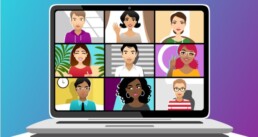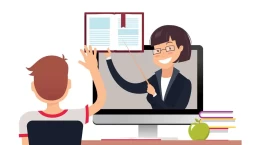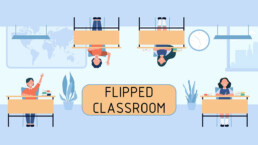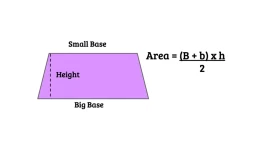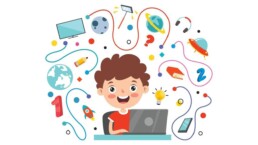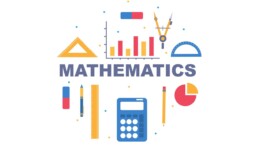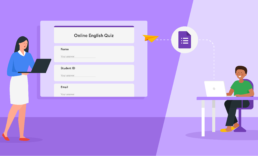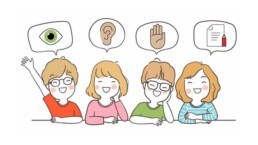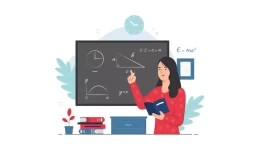How Teachers Can Use a Random Team Generator in a Flipped Classroom
As a teacher, you may find yourself feeling overwhelmed by the idea of organizing students into teams in your flipped classroom. There’s no need to worry!
A random team generator can be an effective and efficient way to assign teams without worrying about fairness or student cliques. You may also find that using a random team generator allows your students to gain additional skills and qualities as they work together on tasks while being held accountable for individual commitments.
Read on to discover how you can use a random team generator in the flipping teaching environment to engage students, enhance their learning experience, and save time.
Breaking Down the Flipped Classroom Model
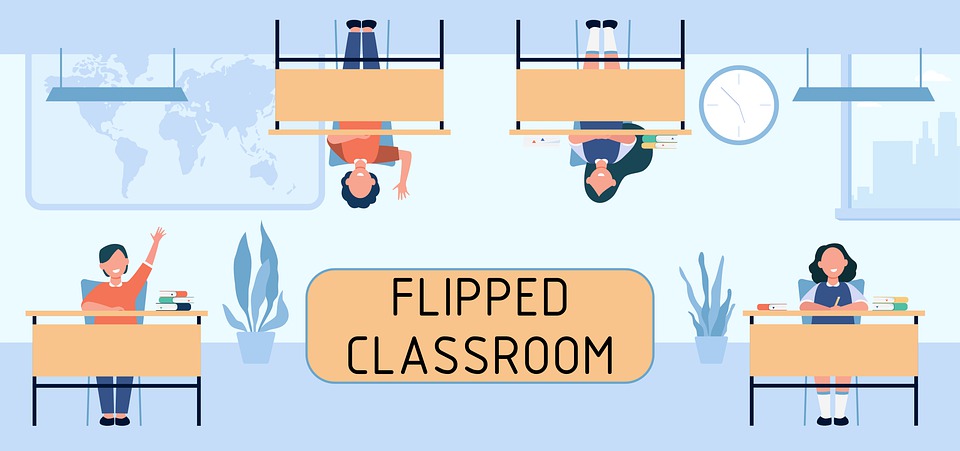
The flipped classroom model has been gaining popularity in recent years as an innovative approach to traditional teaching methods. Essentially, the flipped classroom involves students watching instructional videos or lectures at home, freeing up class time for interactive activities, such as group discussions and problem-solving exercises.
This model promotes a more student-centered approach to learning, allowing them to engage with the material in a more personalized way. Many educators have found that flipping the classroom model has resulted in increased student engagement and retention, as it allows for more hands-on learning experiences.
However, it is important to note that while the flipped classroom model can be effective, it is not a one-size-fits-all approach and may require some adaptation to fit the needs of each individual class.
Introducing the Random Team Generator and its Benefits

When it comes to creating a team, it can be challenging to decide who should be in which team. The Random Team Generator is a tool that can help solve this dilemma. By inputting a list of names, the generator will randomly assign each person to a team.
This can save time and eliminate any possible bias in the selection process. Additionally, the generator is a great way to promote teamwork and collaboration within a group. It allows for people who may not typically work together to build connections and share ideas.
Overall, the Random Team Generator is a user-friendly and efficient way to create teams that can lead to a more productive and cohesive group dynamic.
Advantages of Using a Random Team Generator in the Classroom
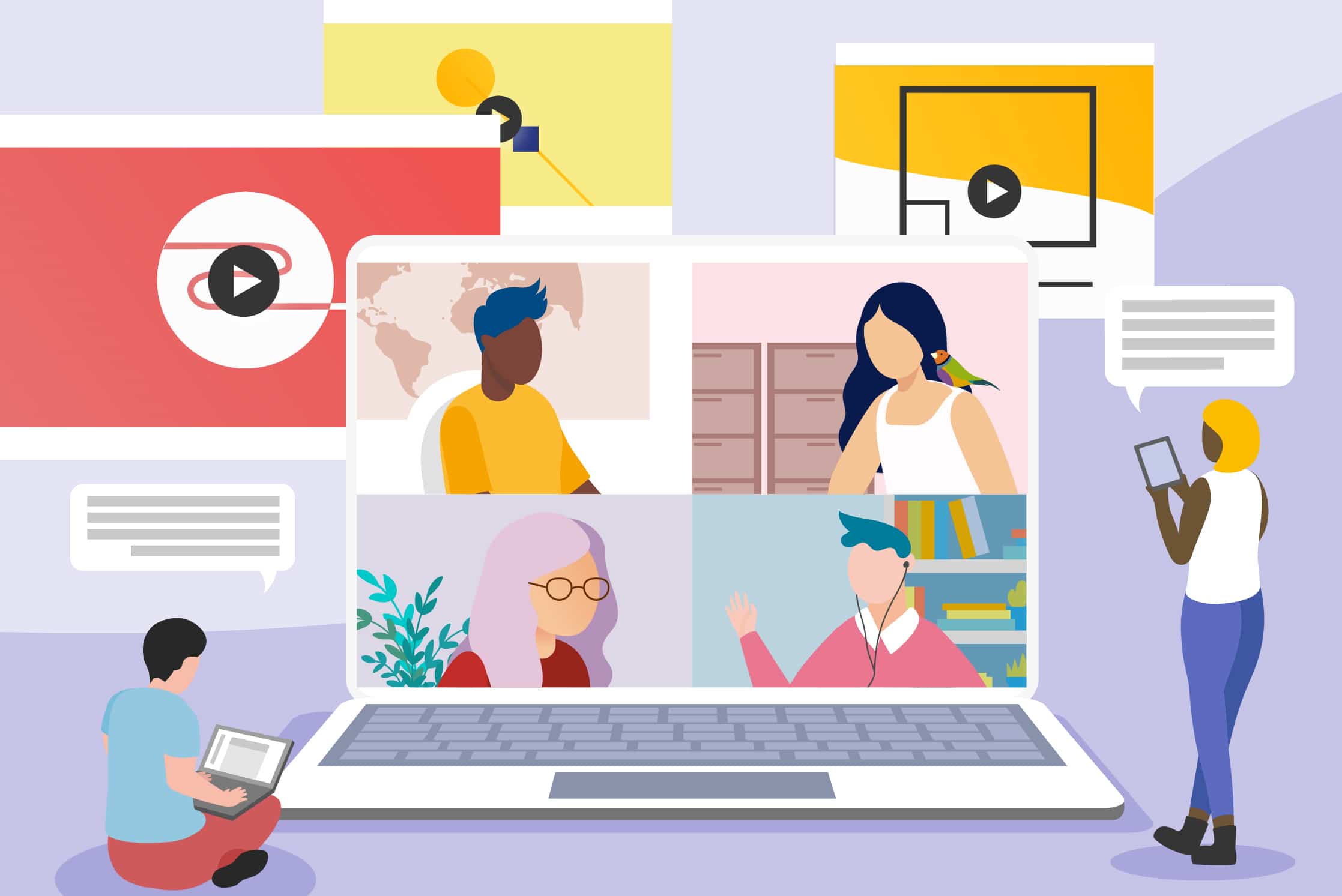
These handy tools have a number of advantages for educators. First and foremost, they make it easy to create groups that are unbiased and free from favoritism. Students will be more likely to feel included and part of the team when they know there was no preferential treatment given during the selection process.
Additionally, random team generators save teachers time and effort, as they are typically quick and easy to use. Rather than spending valuable class time trying to manually divide students into groups, teachers can simply input names or other criteria and let the software do the rest.
Overall, utilizing a random team generator is a win-win situation for both teachers and students alike!
How-To Use The Team Generator
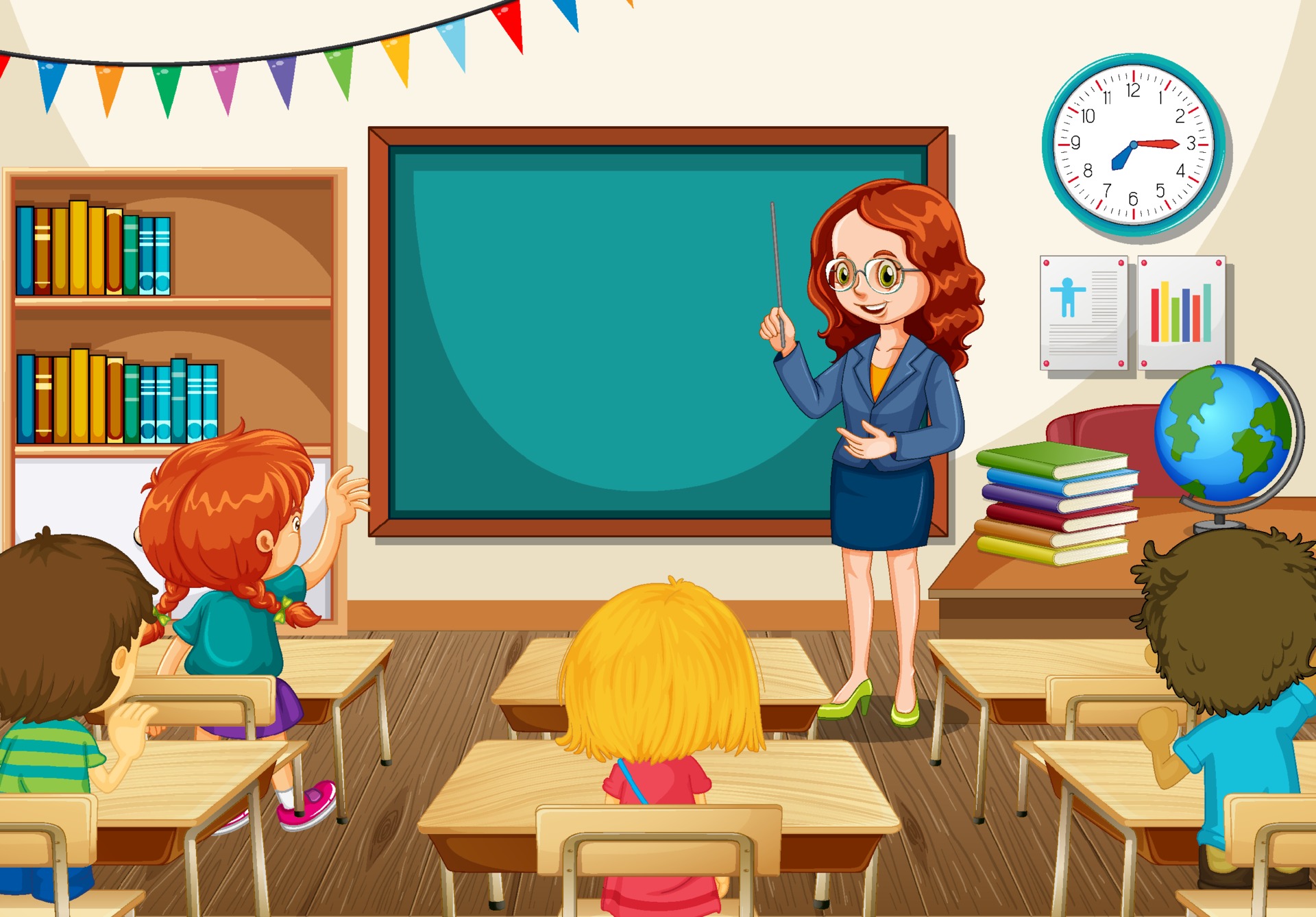
Using this tool, you can easily create randomized groups for your students in just a few simple steps. Let’s have a look at how easy it is to create groups using random team generator.
- Navigate to the team generator website by doing a quick Google search.
- Enter your students’ names and select the number of groups you’d like to have.
- Finally, click “generate” and watch as the team generator does the work for you!
This is a great tool to use to promote collaboration outside of usual friend groups. By using this tool, you’ll be able to create groups more efficiently and fairly, giving your students the opportunity to work with a variety of their peers.
Keeping Students Engaged with Team Generators
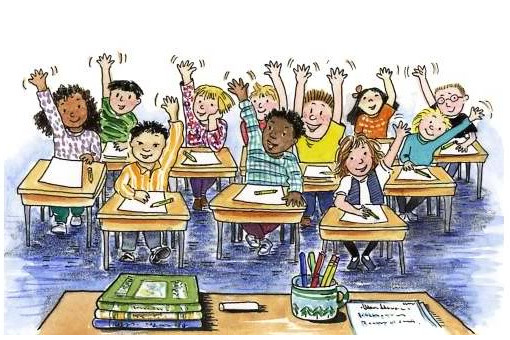
As a teacher, keeping your students engaged in the classroom can be a challenging task. However, using team generators can be a great strategy to keep your students involved and make learning more exciting.
Team generators randomly create groups of students for class activities, projects, and discussions. This technique not only breaks the monotony of routine classroom work, but also encourages team-building and collaboration among students. By using team generators, you can create a more inclusive and interactive classroom that keeps students engaged and motivated to learn.
Conclusion
Overall, using a random team generator in the classroom can be an incredibly powerful tool to teach students collaboration skills and break down barriers between classmates. It’s easy to implement, and with the individualized how-to provided, teachers can successfully create a fun environment for active learning in their classrooms. Ultimately, educational institutions will benefit from the implementation of such tools as it not only makes teaching more efficient, but also enables students to become well-rounded individuals who understand the importance of teamwork and cooperation.


